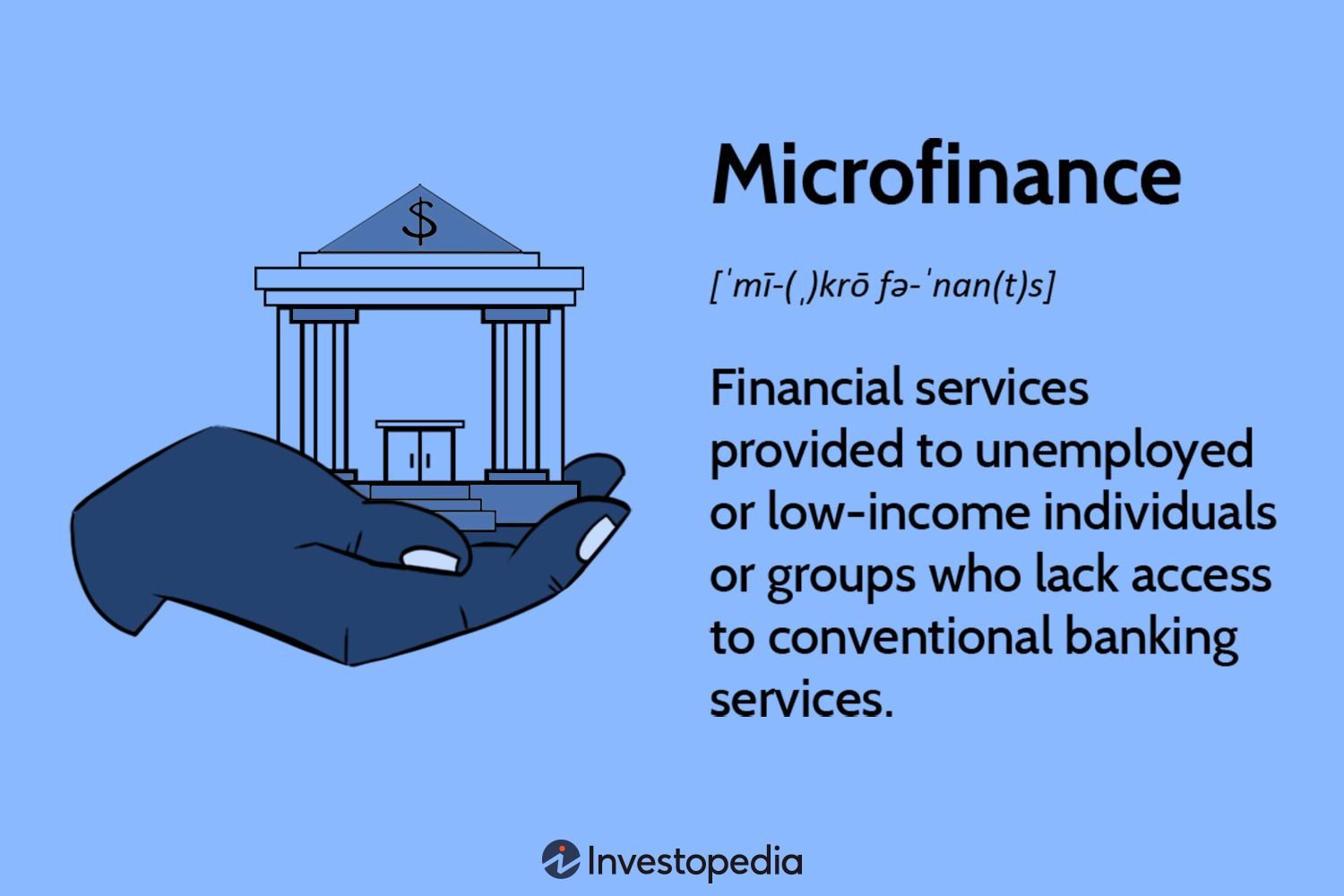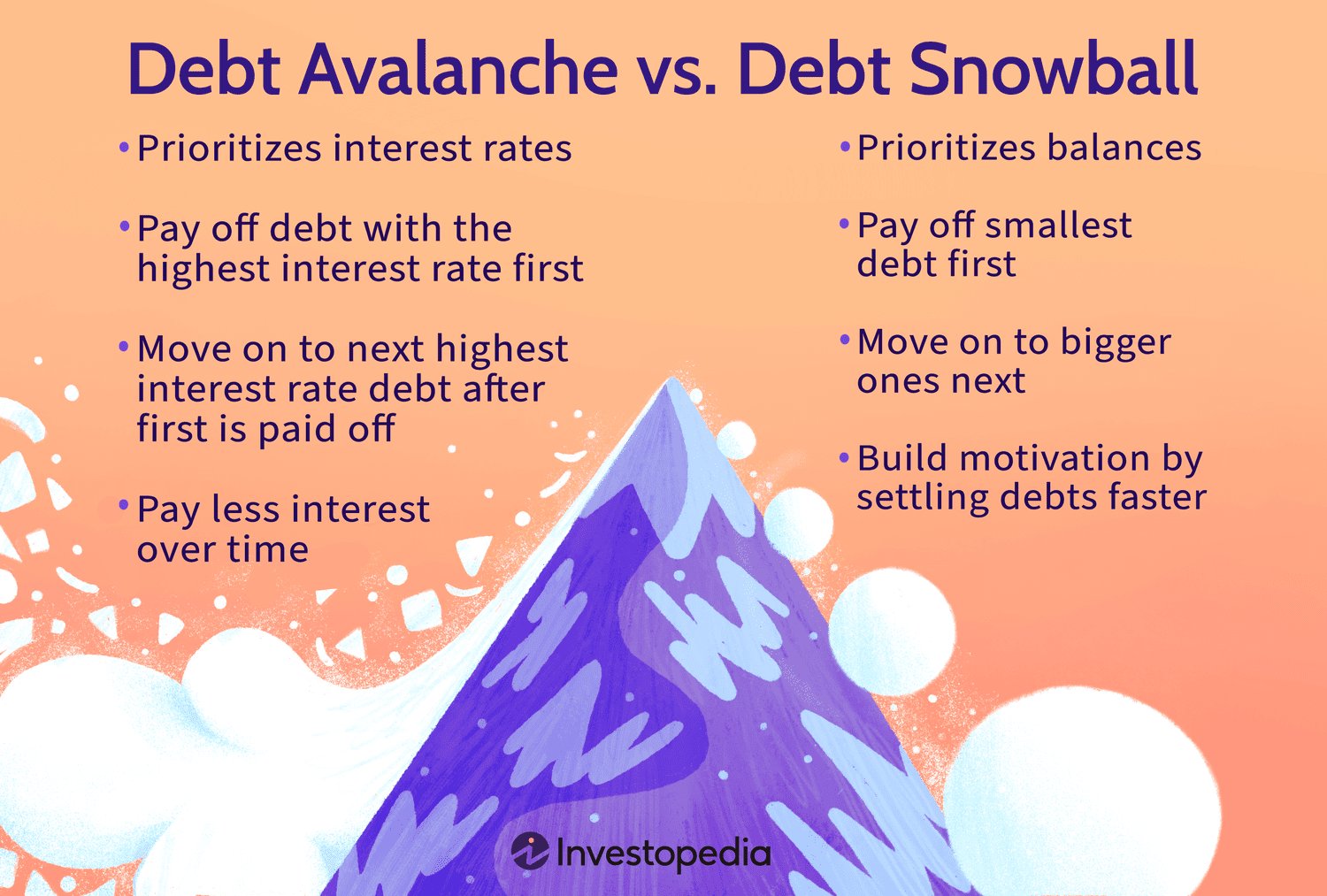Microfinance is a powerful tool that has the potential to revolutionize the way individuals and communities access financial services. Wondering what microfinance is and how it can benefit you? Look no further! In this article, we will delve into the world of microfinance and explore its numerous advantages. From empowering entrepreneurs to alleviating poverty, microfinance opens doors to financial inclusion and economic growth. So, let’s dive in and discover the transformative potential of microfinance and its benefits for all.
What is Microfinance and Its Benefits
Microfinance has emerged as a powerful tool for poverty alleviation and economic development worldwide. It provides financial services, such as small loans, savings accounts, insurance, and financial training, to low-income individuals or communities who do not have access to traditional banking services. This article aims to explore the concept of microfinance, its benefits, and how it has transformed the lives of millions of people globally.
1. The Concept of Microfinance
Microfinance, also known as microcredit, is an innovative financial approach that originated in the 1970s. It was pioneered by individuals like Dr. Muhammad Yunus, who founded Grameen Bank in Bangladesh. The fundamental idea behind microfinance is to extend financial services to the unbanked population, particularly those living in poverty, who are traditionally excluded from the formal banking sector due to their lack of collateral, credit history, or steady income.
Microfinance institutions (MFIs) provide small loans, typically ranging from $50 to $1000, to micro-entrepreneurs, self-employed individuals, and small businesses. These loans are often used to start or expand small-scale businesses, such as street vending, agriculture, or handicrafts. Besides loans, microfinance institutions also offer other financial tools like savings accounts, insurance, and remittance services tailored to meet the unique needs of low-income individuals.
2. The Benefits of Microfinance
Microfinance has proven to be a powerful poverty alleviation tool, offering various benefits to both individuals and communities. Here are some of the key advantages:
a. Financial Inclusion
One of the primary benefits of microfinance is the promotion of financial inclusion. By providing access to financial services, microfinance institutions empower the unbanked to save, borrow, and invest their money. This inclusion helps individuals build a financial identity, improve their financial management skills, and escape the vicious cycle of poverty.
b. Poverty Alleviation
Microfinance has a profound impact on poverty reduction. By providing small loans to aspiring entrepreneurs, microfinance institutions enable them to start or expand small businesses, generate income, and improve their standard of living. These microenterprises not only create employment opportunities for the borrowers themselves but also for their families and the wider community, bringing a positive ripple effect that lifts people out of poverty.
c. Women Empowerment
Microfinance plays a vital role in empowering women in both urban and rural areas. In many societies, women face limited access to financial resources and are often marginalized. Microfinance institutions target women borrowers due to their high repayment rates and the transformative impact on their lives. By granting women access to credit, microfinance helps them establish their businesses, gain financial independence, and challenge societal norms.
d. Creating Social Impact
Microfinance has a broader social impact by promoting economic growth, reducing inequality, and strengthening local communities. When people have access to financial services, they can invest in education, healthcare, and housing, improving their overall quality of life. Small businesses funded through microfinance contribute to local economies, create employment opportunities, and stimulate economic development in underserved areas.
e. Financial Education and Empowerment
Microfinance institutions not only provide financial services but also offer financial education and training programs. Through these initiatives, borrowers acquire essential financial literacy skills, learn about budgeting, savings, and investment, and gain the necessary knowledge to make informed financial decisions. This empowerment enables individuals to break free from the cycle of poverty and build sustainable livelihoods.
3. Microfinance Success Stories
Over the years, microfinance has transformed the lives of countless individuals and communities worldwide. Here are a few inspiring success stories of microfinance beneficiaries:
a. Grameen Bank in Bangladesh
Grameen Bank, founded by Dr. Muhammad Yunus, has become a global symbol of microfinance success. The bank has disbursed millions of microloans to impoverished individuals, primarily women, enabling them to start their own businesses and break free from poverty. Grameen Bank’s success has inspired the establishment of numerous microfinance institutions worldwide, replicating its model and impact.
b. BRAC in Bangladesh
BRAC, another prominent microfinance organization in Bangladesh, has played a significant role in poverty alleviation. Besides providing microloans, BRAC offers a comprehensive package of services, including healthcare, education, and livelihood training, to uplift marginalized communities. BRAC’s multifaceted approach has transformed the lives of millions, contributing to Bangladesh’s remarkable progress in poverty reduction.
c. Kiva’s Online Microlending Platform
Kiva, a pioneering online microlending platform, has revolutionized the way microfinance operates. By leveraging technology and the power of crowdsourcing, Kiva connects lenders from around the world with borrowers in need. Through Kiva’s platform, individuals can lend as little as $25 to support microentrepreneurs globally, fostering economic empowerment and creating a sense of global solidarity.
4. Challenges and Future of Microfinance
While microfinance has achieved significant success, it still faces several challenges that need to be addressed. Some of these challenges include:
– High interest rates: Microfinance institutions often charge higher interest rates on loans due to the increased risk associated with lending to unbanked populations. While these rates are necessary to cover administrative costs, they can sometimes become a burden for the borrowers.
– Overindebtedness: In some cases, borrowers may become trapped in a cycle of debt, taking out multiple loans without adequate repayment capacity. This issue highlights the importance of responsible lending practices and financial literacy programs.
– Regulatory frameworks: Many countries lack a well-defined regulatory framework for microfinance, leading to issues of governance, transparency, and consumer protection. Establishing effective regulations can help ensure the sustainability and integrity of the microfinance sector.
The future of microfinance holds tremendous potential for further impact and innovation. The integration of technology, mobile banking, and digital payments has already started to revolutionize microfinance, making financial services more accessible and efficient. Additionally, partnerships between microfinance institutions, governments, and private sectors can facilitate the scaling up of microfinance initiatives and maximize their societal benefits.
In conclusion, microfinance has emerged as a powerful force for poverty alleviation, financial inclusion, and empowerment. Through small loans, savings accounts, and financial education, microfinance institutions have transformed the lives of millions, fostering economic growth, women empowerment, and social impact. As we continue to strive for a more inclusive and equitable society, microfinance will remain a crucial tool in the fight against global poverty.
About Microfinance
Frequently Asked Questions
Frequently Asked Questions (FAQs)
What is microfinance and how does it work?
Microfinance refers to the provision of financial services, such as loans, savings, and insurance, to low-income individuals or entrepreneurs who typically lack access to traditional banking services. It aims to promote financial inclusion and economic empowerment by extending financial resources to marginalized populations. Microfinance institutions (MFIs) usually operate by offering small loans, known as microcredit, to clients who have limited collateral or credit history. These loans are often used to start or expand small businesses, allowing borrowers to generate income and improve their living conditions.
What are the benefits of microfinance?
Microfinance offers several benefits, including:
1. Financial Inclusion: Microfinance provides access to financial services for those who are unbanked or underbanked, allowing them to save, borrow, and manage their finances more effectively.
2. Poverty Alleviation: By providing small loans to entrepreneurs, microfinance plays a vital role in poverty reduction. It enables individuals to start or expand income-generating activities, leading to increased income and improved living standards.
3. Empowering Women: Microfinance has proven to be instrumental in empowering women, particularly in developing countries. It allows women to start businesses, gain financial independence, and contribute to their households and communities.
4. Promoting Entrepreneurship: Microfinance fosters entrepreneurship by providing the necessary capital for individuals to establish small businesses. This contributes to economic growth, job creation, and local development.
5. Social Impact: Microfinance initiatives often have a positive social impact by addressing social issues, such as gender inequality, rural development, and access to education and healthcare.
6. Building Financial Literacy: Microfinance institutions often provide financial education and training, equipping individuals with the knowledge and skills to make informed financial decisions.
7. Fostering Community Development: Microfinance programs promote community cohesion and social capital as individuals form self-help groups, share knowledge, and support each other in achieving financial and personal goals.
8. Risk Diversification: Microfinance can help diversify risks for borrowers by reducing their dependence on a single income source. This can enhance resilience and stability in times of economic uncertainty.
How does microfinance differ from traditional banking?
Microfinance differs from traditional banking in several ways:
1. Target Market: Microfinance primarily serves low-income individuals, whereas traditional banking generally caters to more affluent customers.
2. Collateral Requirements: Microfinance institutions often provide loans without strict collateral requirements, as many borrowers lack traditional forms of collateral. Traditional banks usually require collateral to secure loans.
3. Loan Size: Microfinance loans are typically smaller, as they are intended to finance microenterprises or meet immediate household needs. Traditional banks offer larger loans for a variety of purposes.
4. Interest Rates: Microfinance interest rates are often higher due to the higher risk associated with lending to low-income borrowers who may have limited credit histories. Traditional banks usually offer lower interest rates to borrowers with good creditworthiness.
5. Delivery Method: Microfinance institutions may employ group lending or peer support models to mitigate risk and encourage repayment. Traditional banks usually offer individual loans.
6. Mission and Focus: Microfinance institutions have a strong mission of poverty alleviation and financial inclusion, while traditional banks are primarily driven by profit-making objectives.
Is microfinance only available in developing countries?
No, microfinance is not limited to developing countries. While it gained significant attention in developing economies where financial exclusion is more prevalent, microfinance programs and institutions exist in various countries worldwide. The concept of microfinance can be applied in any context where individuals or communities lack access to traditional banking services.
Are microfinance loans only for business purposes?
Microfinance loans are commonly associated with financing small businesses or microenterprises, but they can also serve other purposes. Microfinance institutions offer loans for various needs, including education, healthcare, housing, and agricultural activities. These loans aim to address the financial needs of low-income individuals and empower them to improve their overall well-being.
What are the repayment terms for microfinance loans?
Repayment terms for microfinance loans can vary depending on the specific institution and program. In many cases, microfinance loans have shorter repayment periods compared to traditional bank loans. Repayment terms can range from a few months to a few years, depending on factors such as loan size, borrower’s capacity, and the purpose of the loan. Microfinance institutions often offer flexible repayment options to accommodate the irregular income patterns of borrowers.
How can someone access microfinance services?
To access microfinance services, individuals can reach out to microfinance institutions operating in their region. These institutions may have physical branches or use alternative delivery models, such as mobile banking or agent networks, to reach clients. Interested individuals can inquire about the application process, required documentation, and eligibility criteria for accessing microfinance services.
Are microfinance loans interest-free?
Microfinance loans are not typically interest-free. Microfinance institutions incur operational costs and risk associated with providing financial services to low-income individuals. Therefore, they charge interest rates that cover their expenses and enable them to sustain their operations. However, compared to traditional lenders, microfinance institutions often offer competitive interest rates tailored to the needs of their target customers.
Final Thoughts
Microfinance is a powerful tool for alleviating poverty and empowering underserved individuals and communities. By providing small loans and financial services, microfinance institutions enable low-income individuals to start or expand their businesses, improve their financial stability, and lift themselves out of poverty. Additionally, microfinance promotes financial inclusion, allowing marginalized individuals to access banking services and build a better future. The benefits of microfinance are numerous, including increased income, improved employment opportunities, enhanced economic growth, and greater gender equality. Through microfinance, individuals can gain the financial resources and skills necessary to improve their lives and contribute to their communities.



